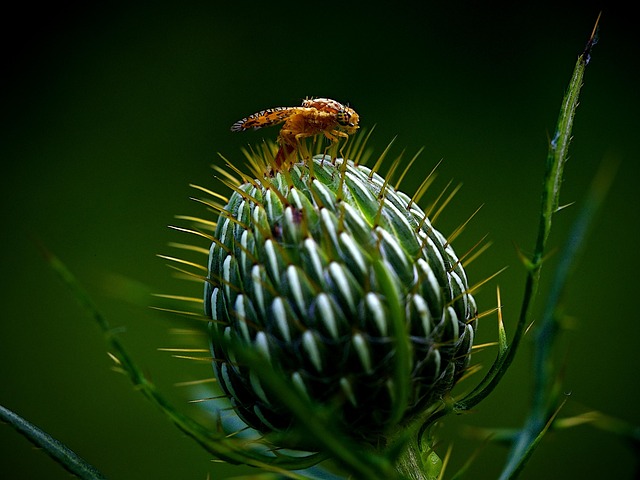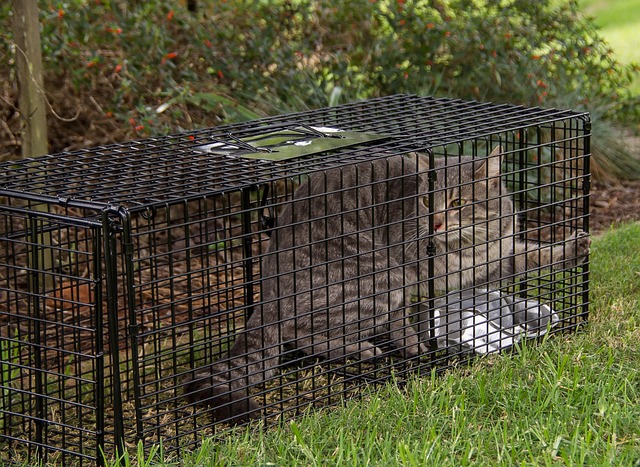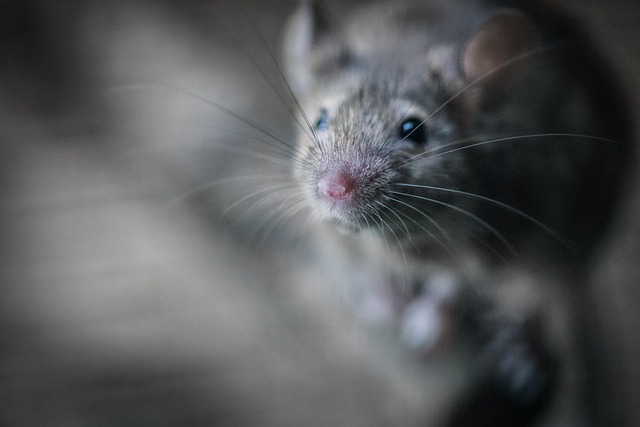Commercial pest control programs address unique challenges of larger spaces, diverse ecosystems, and potential food sources. To combat musty smells in Wheat Ridge basements, identify the source through damage/entry points, pest droppings, or insects. Pinpoint moisture issues with a meter, repair leaks, improve ventilation, or call professional pest control using IPM strategies like traps, baits, and natural repellents for ongoing protection.
Are you a property owner or manager dealing with a musty smell in your Wheat Ridge basement? This guide is designed to help you navigate pest control commercial property programs effectively. Understanding the intricacies of these programs, especially when it comes to identifying and eradicating sources like mold, is crucial. We’ll walk you through a step-by-step process for locating the root cause of musty smells and offer effective strategies tailored for Wheat Ridge basements.
- Understanding Pest Control Programs for Commercial Properties
- Identifying and Locating Musty Smells: A Step-by-Step Guide
- Effective Strategies to Combat Pests in Wheat Ridge Basements
Understanding Pest Control Programs for Commercial Properties

Pest control programs for commercial properties are designed to address and prevent various insect, rodent, and other pest infestations that can negatively impact businesses and their environments. Unlike residential settings, commercial spaces often present unique challenges due to larger areas, diverse ecosystems within buildings, and potential food sources available. An effective program involves regular inspections, tailored treatment plans, and continuous monitoring.
When dealing with issues like a musty smell in a Wheat Ridge basement, professionals employ advanced methods to find the source—a critical step before any treatment. This thorough approach ensures that the root cause is addressed, preventing future recurrences. It’s not just about eliminating visible pests; it’s understanding their behavior, habitats, and how they infiltrate these spaces. Such programs are essential for maintaining a healthy, safe, and productive work environment in commercial properties.
Identifying and Locating Musty Smells: A Step-by-Step Guide

If you’re noticing a musty scent wafting from your Wheat Ridge basement, it could indicate a pest invasion or moisture issues. To effectively address this, start by identifying and locating the source of the odor. Begin by scanning for any visible signs of damage or entry points in walls, floors, or ceilings that might suggest pest activity. Check for common pest droppings (small, grainy particles) or live insects, especially in dark corners or along baseboards.
Next, focus on potential moisture sources. Inspect pipes and fixtures for leaks, look for condensation buildup on windows, and assess if there has been any recent flooding or water damage. Musty smells often intensify in damp environments, making it crucial to pinpoint these areas. Utilize a moisture meter to identify any hidden water accumulation that might not be readily visible. Once the source is located, appropriate action can be taken—whether it’s fixing leaks, improving ventilation, or enlisting professional pest control services.
Effective Strategies to Combat Pests in Wheat Ridge Basements

In Wheat Ridge basements, identifying and addressing pest infestations early is key to effective pest control. A musty smell, often the first noticeable sign, can be a clue that pests like rodents or insects have made their way in. To tackle this, start by thoroughly inspecting your basement for any visible signs of damage or entry points—cracks in walls, holes in screens, or gaps around pipes and wires. Sealing these areas with appropriate materials will significantly reduce pest access. Regular cleaning and maintaining low humidity levels are also crucial; pests are attracted to damp environments, so keeping your basement dry and clean can deter them.
For persistent issues, professional assistance is recommended. Integrated Pest Management (IPM) strategies, employed by experts, involve a combination of preventive measures, monitoring, and targeted treatments. Traps, baits, and natural repellents are often used, focusing on the specific pests identified. Regular inspections by pest control professionals ensure ongoing protection, allowing you to enjoy a pest-free basement environment without the musty smell or sight of unwanted visitors.
In conclusion, effective pest control for commercial properties involves a comprehensive understanding of tailored programs and strategic interventions. By identifying and addressing issues like musty smells, as demonstrated in our step-by-step guide, property managers can significantly enhance the environment. Additionally, employing strategies specifically designed for basements, such as those discussed for Wheat Ridge locations, ensures targeted and efficient pest management. Remember, locating and treating the source is key to preventing and eliminating pest infestations, ensuring a safe and healthy space for all occupants.
